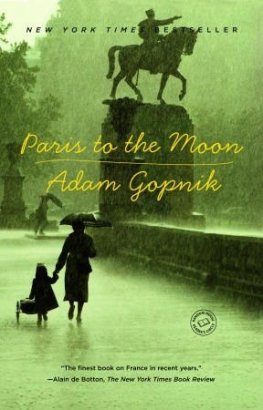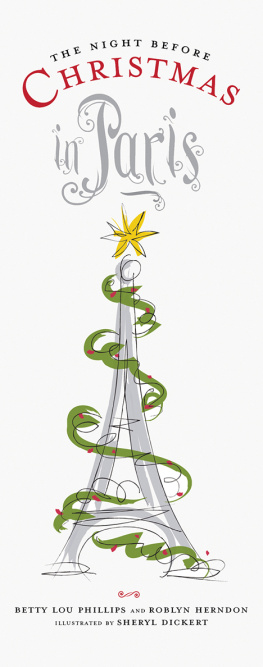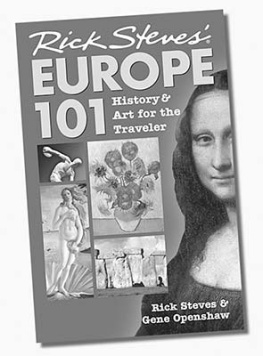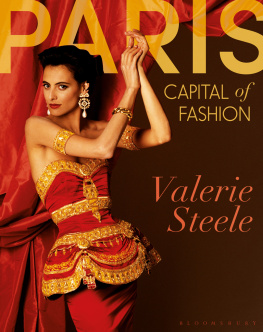
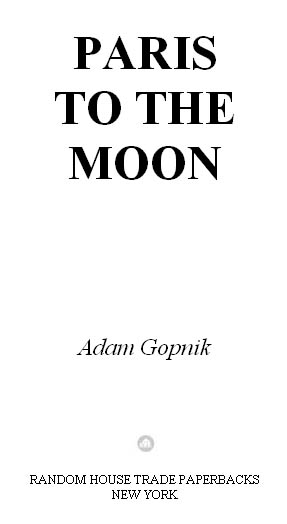
Contents
(An American family arrives in Paris, is greeted by bombs and strikes, and a good time is had by all.)
(Emigration becomes expatriation, confusion reigns, and serenity is sought in the Luxembourg Gardens.)
(Food, fashion, and foibles teach their complicated lessons in the struggle between Administration and Civilization.)
(Serenity is found in calm and contemplation, and the deep tragedy of history revealed. All chords are sounded and the bells rung in the birth of a new French baby.)
I dare say, moreover, she pursued with an interested gravity, that I do, that we all do here, run too much to mere eye. But how can it be helped? Were all looking at each otherand in the light of Paris one sees what things resemble. Thats what the light of Paris seems always to show. Its the fault of the light of Parisdear old light!
Dear Old Paris! little Bilham echoed.
Everything, everyone shows, Miss Barrace went on.
But for what they really are? Strether asked.
Oh, I like your Boston reallys! But sometimesyes.
The Ambassadors
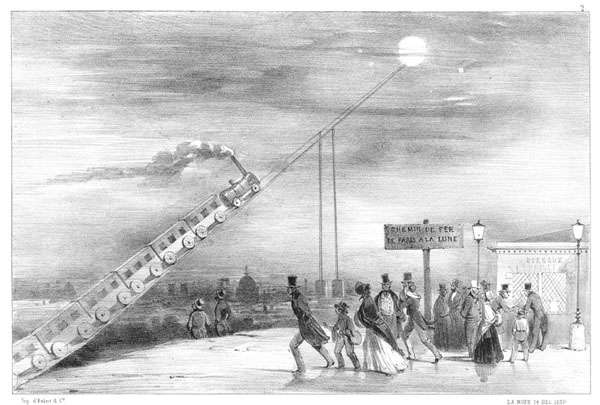
Paris
to the
Moon
The
Winter
Circus
Paris
to the Moon
Not long after we moved to Paris, in the fall of 1995, my wife, Martha, and I saw, in the window of a shop on the rue Saint-Sulpice, a nineteenth-century engraving, done in the manner, though Im now inclined to think not from the hand, of Daumier. It shows a train on its way from the Right Bank of Paris to the moon. The train has a steam locomotive and six cars, and it is chugging up a pretty steep track. The track is supported on two high, slender spires that seem to be anchored somewhere in the Fifth Arrondissement (you can see the Panthon in silhouette nearby), and then the track just goes right up and touches the full moon up in the clouds. I suppose the two pillars are stronger than they look. The train is departing at twilightpresumably its an overnight tripand among the crowd on the ground below, only a couple of top-hatted bourgeois watch the lunar express go on its way with any interest, much less wonder. Everybody else in the crowd of thirteen or so people on the platform, mostly moms and dads and kids, are running around and making conversation and comforting children and buying tickets for the next trip and doing all the things people still do on station platforms in Paris. The device on the ticket window, like the title of the cartoon, reads: A Railroad: From Paris to the Moon.
The cartoon is, in part, a satire on the stock market of the time and on railway share manipulations. (Industry, the caption begins, knows no more obstacles.) But the image cast its spell on us, at least, because it seemed to represent two notions, or romances, that had made us want to leave New York and come to Paris in the first place. One was the old nineteenth-century vision of Paris as the naturally modern place, the place where the future was going to happen as surely as it would happen in New York. If a train were going to run to the moon, that train would originate from the Gare du Nord, with Parisian kids getting worn out while they waited.
But the image represented another, more intense association, and that is the idea that there is, for some Americans anyway, a direct path between the sublunary city and a celestial state. Americans, Henry James wrote, are too apt to think that Paris is the celestial city, and even if we dont quite think that, some of us do think of it as the place where tickets are sold for the train to get you there. (Ben Franklin thought this, and so did Gertrude Stein, and so did Henry Miller. Its a roomy idea.) If this notion is pretty obviously unreal, and even hair-raisingly nave, it has at least the excuse of not being original. When they die, Wilde wrote, all good Americans go to Paris. Some of us have always tried to get there early and beat the crowds.
Ive wanted to live in Paris since I was eight. I had a lot of pictures of the place in my head and even a Parisian object, what I suppose Id have to call an icon, in my bedroom. Sometime in the mid-sixties my mother, who has a flair for the odd, ready-made present, foundI suppose in an Air France office in Philadelphiaa life-size cardboard three-dimensional cutout of a Parisian policeman. He had on a blue uniform and red kepi and blue cape, and he wore a handlebar mustache and a smile. (The smile suggests how much Art, or at any rate Air France, improves on Life, or at any rate on Paris policemen.)
My younger brother and I called the policeman Pierre, and he kept watch over our room, which also had Beatle posters and a blindingly, numbingly, excruciatingly bright red shag rug. (I had been allowed to choose the color from a choice of swatches, but I have an inability to generalize and have always made bad, overbright guesses on curtains and carpets and, as it turned out, the shape of future events.) Although we had never gone anywhere interesting but New York, my older sister had already, on the basis of deep, illicit late-night reading of Jane Austen and Mary Poppins, claimed London, and I had been given Paris, partly as a consolation prize, partly because it interested me. (New York, I think, was an open city, to be divided between us, like Danzig. Our four younger brothers and sisters were given lesser principalities. We actually expected them to live in Philadelphia.)
My first images of Paris had come from the book adaptation of The Red Balloon, the wonderful Albert Lamorisse movie about a small boy in the Parisian neighborhood of Menilmontant who gets a magic, slightly overeager balloon, which follows him everywhere and is at last destroyed by evil boys with rocks. Curiously, it was neither a cozy nor a charming landscape. The Parisian grown-ups all treated Pascal, the boy, with a severity bordering on outright cruelty: His mother tosses the balloon right out of the Haussmannian apartment; the bus conductor shakes his head and finger and refuses to allow the balloon on the bus; the principal of the school locks him in a shed for bringing the balloon to class. The only genuine pleasure I recall that he finds in this unsmiling and rainy universe is when he leaves the balloon outside a tempting-looking bakery and goes in to buy a cake. The insouciance with which he does itcake as a right, not a pleasureimpressed me a lot. A scowling gray universe relieved by pastry: This was my first impression of Paris, and of them all, it was not the farthest from the truth. To this set of images were added, soon after, the overbright streets of the Madeline books, covered with vines and the little girls neat in their rows, and black and white pictures of men in suits walking through the Palais Royal, taken from a Cartier-Bresson book on the coffee table.
Pierre, though, being made of cardboard, got pretty beat up, sharing a room with two young boys, or maybe he was just both smaller and more fragile than I recall. In any case, one summer evening my parents, in a completely atypical display of hygienic decisiveness, decided that he was too beat up to keep and that it was time for him to pass away, and they put him out on the Philadelphia street for the trashman to take away.
I wept all night. He would sit out with the trash cans and would not be there in the morning. (A little later I read about Captain Dreyfus and
Next page

